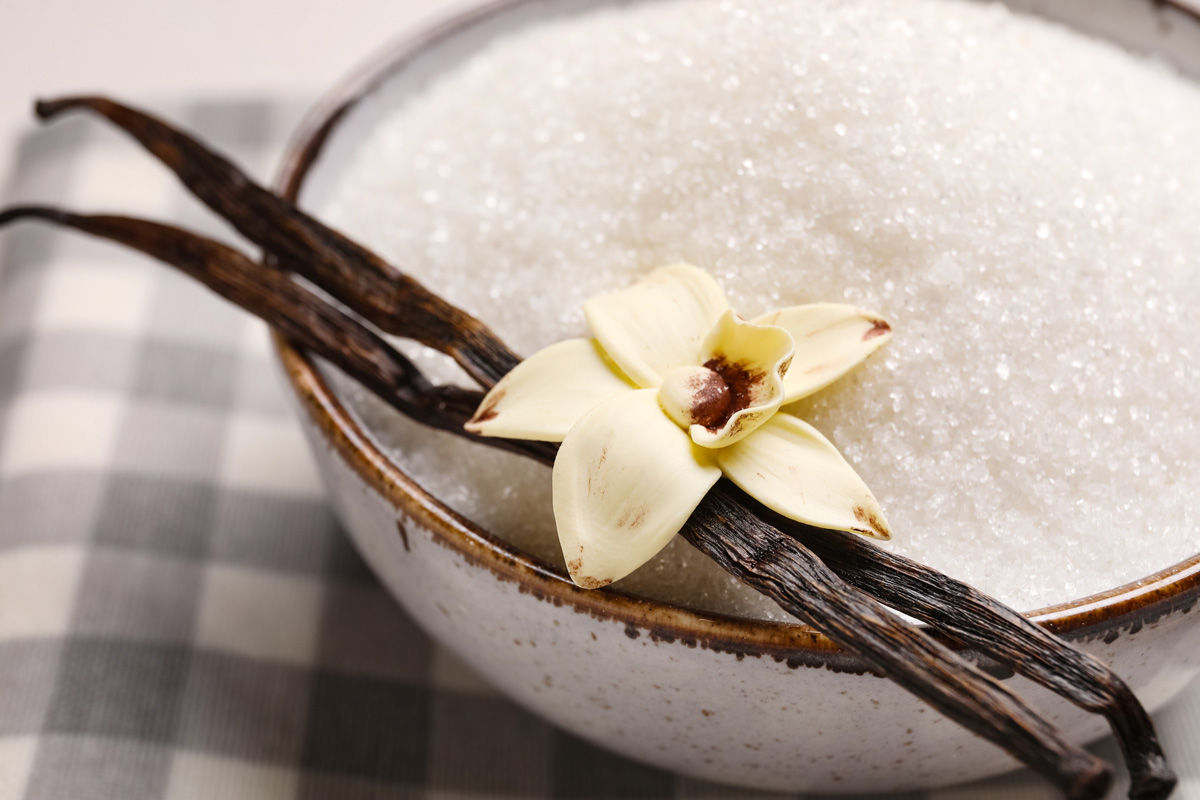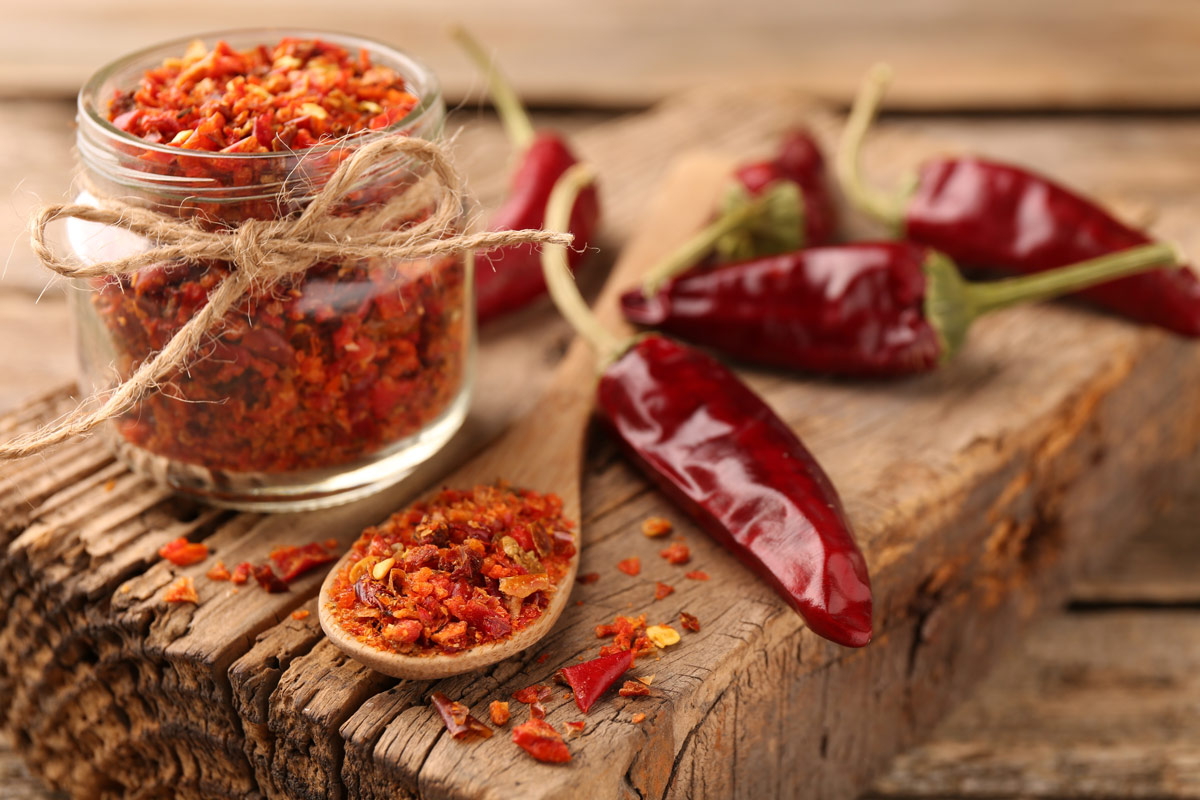Hazelnut-Chocolate Spread Recipe, Spotlight on Hazelnut, Stress and Stroke Risk, plus Small Amounts of Physical Activity, Big Reductions in Dementia Risk
I love being able to share healthier ways of making favorite dishes, and the following recipe is a fun one! Hazelnut-chocolate spread is delicious slathered on a piece of toast or pound cake, used for ganache, cake frosting, or pudding…or when you just want a spoonful of comfort food. We all know how important mental health is, and a new study that found a link between stress and stroke in women is another reason to rein in this emotion. The other research I’m sharing is on avoiding dementia: how even small amounts of exercise—also a great stress reducer—can help.
Hazelnut-Chocolate Spread
 Hazelnut-Chocolate Spread
Hazelnut-Chocolate SpreadIt’s one of the world’s favorite spreads, yet most packaged hazelnut-chocolate blends are mostly palm oil (high in saturated fat) and sugar with minimal hazelnuts and chocolate. My recipe emphasizes the two flavors you’re craving and has a minimal amount of sugar. It also keeps in the fridge for weeks, though the spread will likely be gobbled up long before that.
Ingredients
- 8 ounces shelled and roasted hazelnuts
- 1 ounce dark chocolate, melted
- 2 tablespoons extra virgin olive oil
- 1/4 cup cocoa powder
- 1/3 cup sugar or equivalent
- 1 teaspoon pure vanilla
- Pinch of fine sea salt
Directions
Place the roasted hazelnuts in a high-powered blender or food processor and process until the nuts turn into a paste. Be patient—depending on your machine it could take 5 to 8 minutes. Add the melted chocolate, olive oil, cocoa, sugar, vanilla, and salt, and process until fairly smooth. Transfer to a lidded glass jar and refrigerate.
Yields about 1-1/2 cups

Healthy Ingredient Spotlight
Why Homemade Hazelnut Spread is Healthier
Most packaged hazelnut-chocolate spreads are mostly palm oil, one of the most highly saturated fats among plant-based oils. On average, hazelnuts account for under 15% of the ingredients. Rather than using pure vanilla, they often contain vanillin, an artificial version. With homemade, you get more nutrients from the nuts, olive oil, and cocoa.


Quick Kitchen Nugget
Roasting Hazelnuts
Readers of our newsletter and Fresh-Pressed Olive Oil Club members alike know that one of my mantras is always roast your nuts! Roasting intensifies flavor, so it’s worth the few minutes it adds to prep time. Simply preheat your oven to 400°F, spread out the nuts on a rimmed baking sheet, and pop them in the oven for about 5 minutes or until you can smell their delicious aroma. If the nuts weren’t skinned, turn them onto a clean kitchen towel after roasting and rub vigorously to remove as much of the papery skin as you can.

For Your Best Health
Stress and Stroke Risk
According to a study published online in Neurology, the medical journal of the American Academy of Neurology, some people living with chronic stress have a higher-than-average risk of stroke. The study looked at younger adults and found an association between stress and stroke among women but not among men. This study does not prove that stress causes stroke, only that there’s an association.
“Younger people often experience stress due to the demands and pressures associated with work, including long hours and job insecurity, as well as financial burdens,” said Nicolas Martinez-Majander, MD, PhD, of the Helsinki University Hospital in Finland. “Previous research has shown that chronic stress can negatively affect physical and mental health. Our study found it may increase the risk of stroke in younger women.”
For the study, researchers looked at 426 people ages 18 to 49 who had an ischemic stroke with no known cause. They were matched for age and sex with 426 people who did not have a stroke. An ischemic stroke is when blood flow is blocked to part of the brain. It can lead to weakness, trouble speaking, vision problems, and even death.
Participants completed a questionnaire about stress levels over a one-month period. Those who had a stroke were asked to record the stress levels they experienced in the month prior to the stroke through questions like “In the last month, how often have you felt that you were unable to control the important things in your life?” Scores for each question ranged from 0 to 4, with 4 meaning very often. A total score of 0 to 13 represented low stress; 14 to 26, moderate stress; and 27 to 40, high stress. Those who had a stroke had an average score of 13, compared to 10 for those who didn’t have a stroke.
People who had a stroke were more likely to have at least moderate stress levels. Of those who had a stroke, 46% had moderate or high stress levels, compared to 33% of those who did not have a stroke.
After adjusting for factors that could affect the risk of having a stroke, including education level, alcohol use, and blood pressure, researchers found that for female participants, moderate stress was associated with a 78% increased risk of having a stroke and high stress was associated with a 6% increased risk. Researchers did not find a link between stress and stroke in male participants.
“More research is needed to understand why women who feel stressed, but not men, may have a higher risk of stroke,” said Dr. Martinez-Majander. “In addition, we need to further explore why the risk of stroke in women was higher for moderate stress than high stress. Knowing more about how stress plays a role could help us create better ways to prevent these strokes.”
A limitation of the study was that people experiencing higher levels of stress may have been less likely to enroll in the study, which could have affected the results.
Fitness Flash
Small Amounts of Physical Activity, Big Reductions in Dementia Risk

A little movement could help prevent dementia, even for frail older adults, suggests a study led by researchers at the Johns Hopkins Bloomberg School of Public Health in Baltimore, published in the Journal of the American Medical Directors Association. They found that engaging in as little as 35 minutes of moderate to vigorous physical activity per week, compared to zero minutes per week, was associated with a 41% lower risk of developing dementia over an average four-year follow-up period. Even for frail older adults—those at elevated risk of adverse health outcomes—greater activity was associated with lower dementia risks.
Dementia, usually from Alzheimer’s disease, is one of the most common conditions of old age. It is estimated to affect about seven million people in the US, including about a third of those who are 85 years of age or older. Although the risk of dementia rises with age, studies in recent years have suggested that dementia is somewhat preventable, within a normal lifespan, with lifestyle changes that include better control of cholesterol, blood pressure, and blood sugar, and being more active.
The minimum amount of activity needed to reduce dementia risk meaningfully isn’t yet clear. For many older individuals, especially frail ones, the high amounts of exercise recommended in official guidelines are unattainable and may discourage any exercise at all. Both the US Department of Health and Human Services and the UK National Health System recommend that adults get at least 150 minutes of moderate-intensity exercise per week, an average of 20 minutes per day.
For their analysis, the researchers analyzed a dataset of 89,667 adults, mostly in their 50s and older, who used wrist-worn accelerometers to track their physical activity for a week during the period from February 2013 to December 2015. Follow-up of their health status extended for an average of 4.4 years, during which 735 of the participants were diagnosed with dementia. (The data was generated as part of the UK Biobank project, a long-running, ongoing study of approximately 500,000 individuals.)
The analysis compared individuals whose trackers showed some weekly moderate to vigorous physical activity to those whose trackers showed none and accounted for age and other medical conditions. The associations between higher activity and lower dementia risk were striking.
Dementia risk was 60% lower in participants in the 35 to 69.9 minutes of physical activity/week category, 63% lower in the 70 to 139.9 minutes/week category, and 69% lower in the 140 and over minutes/week category. Participants in the lowest activity category, ranging from one to 34.9 minutes per week, had an apparent risk reduction of about 41%. The study also found that even frail or nearly frail older adults might be able to reduce their dementia risk through low-dose exercise.
“Our findings suggest that increasing physical activity, even as little as five minutes per day, can reduce dementia risk in older adults,” said study lead author Amal Wanigatunga, PhD, MPH, assistant professor in the school’s department of epidemiology and a core faculty member at the Johns Hopkins Center on Aging and Health. “This adds to a growing body of evidence that some exercise is better than nothing, especially with regard to an aging-related disorder that affects the brain that currently has no cure.”
Dr. Wanigatunga noted that the study was not a clinical trial that established causation indicating that exercise reduces dementia risk, but its findings are consistent with that hypothesis. To check the possibility that their findings reflected undiagnosed dementia leading to lower physical activity, the researchers repeated their analysis but excluded dementia diagnoses in the first two years of follow-up. The association between more activity and lower dementia risk remained robust.
Dr. Wanigatunga and his colleagues recommend future clinical trial-type studies to investigate low-dose exercise as an important initial step toward increasing physical activity as a dementia-preventing strategy. Funding for the study was provided by the National Institute on Aging.
Get More Recipes In Your Inbox!









